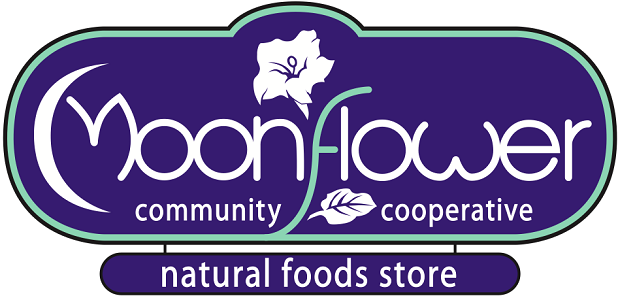by Elana Davidson
By Elana Davidson
Do you know what’s in your shampoo and conditioner? Your dish soap? Your laundry detergent? How about your sunscreen, your lotions, or your make-up?
Probably less than you know about the foods you eat. You might think that ingesting something is far more harmful than putting in contact with your skin, and while there may very well be a difference, it is not as big as you might think.
What you put on your skin absorbs and goes directly into your body, and studies have shown that in just 20 seconds, what you apply to your skin can be found in your bloodstream.
According to the Natural Resource Defense Council, over 80,000 synthetic chemicals are used in personal care products, and most have not been fully tested.
Only 11 chemicals are banned from personal care products in the US. Canada, however, has a guideline for just over 650, and the European Union Health Commission has restricted over 1,300 chemicals.
Many of the commercial cleaners and personal care products available on the market actually contain harmful ingredients, many of which are directly linked to cancer. Only 5-10% of cancers are of genetic origin, which means that upwards of 90% result from lifestyle choices and chemical exposures. Many of those chemicals are encountered in cleaning and personal care products.
The average woman applies over 300 chemicals to her body every day just through soaps, makeup, shampoos and hair products, according to the NRDC. On average, 80 of those chemicals are applied every day before breakfast.
Many of the untested chemicals we come into contact with every single day have long-term hazardous effects on health. If they have been tested at all, they have only been tested for point of contact and not long-term cumulative effect on the human body. See this handout for a list of chemicals to be aware of.
Because personal care and cleaning products are largely unregulated, the words “natural” or “green” on products you find on the shelves of most grocery stores don’t mean anything. Products labeled as such could contain ingredients that pose significant long-term negative impacts to your health.
It is still possible to not only eliminate the toxic products in the home, but also replace them with quality products that actually have a positive and health supporting effect on members of your household.
Essential oils contain hundreds of natural compounds that support and benefit virtually every system in the body. From immune system boosting to lung support, from your skin to your digestive system, essential oils can be powerful agents for health and healing, and for cleaning and caring for your home.
Antibacterial products often contain chemicals that disrupt the human hormonal and endocrine system, and create resistance to antibiotics. In many cases, they are actually no more effective than washing with soap and water, using products that support your body’s natural health and immunity.
Essential oils not only replace the negative effects of synthetic chemical-based products, they actually support and benefit your health and well-being.
A good way to begin learning about the chemicals in the home and creating a plan for what to retain and what to replace is to peek under the kitchen and bathroom sink, read the labels on some of the products there, and search on Google for unfamiliar ingredients with “dangers of” in front of the word.

